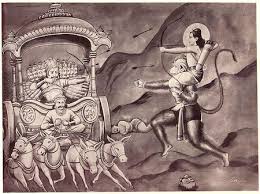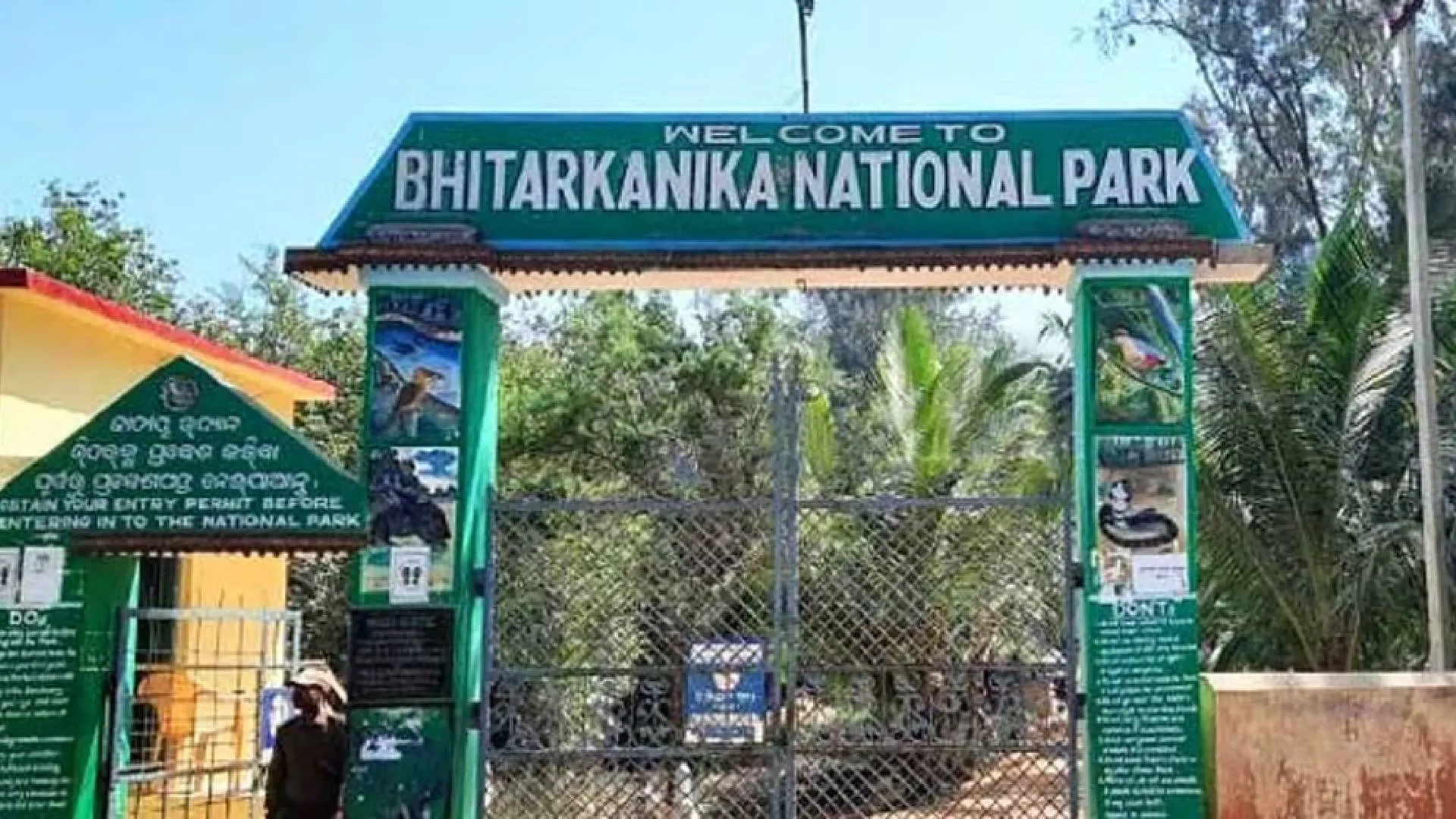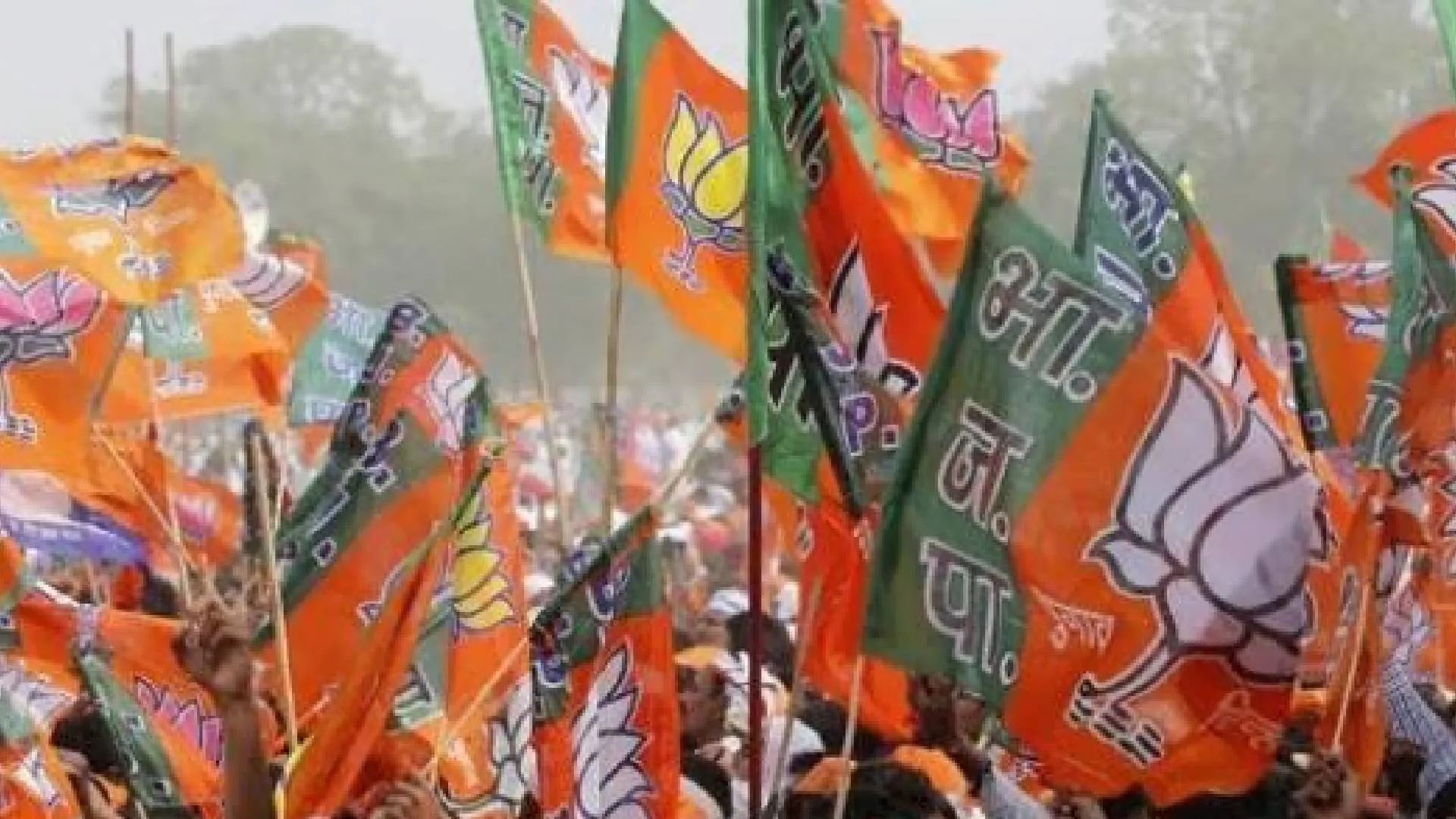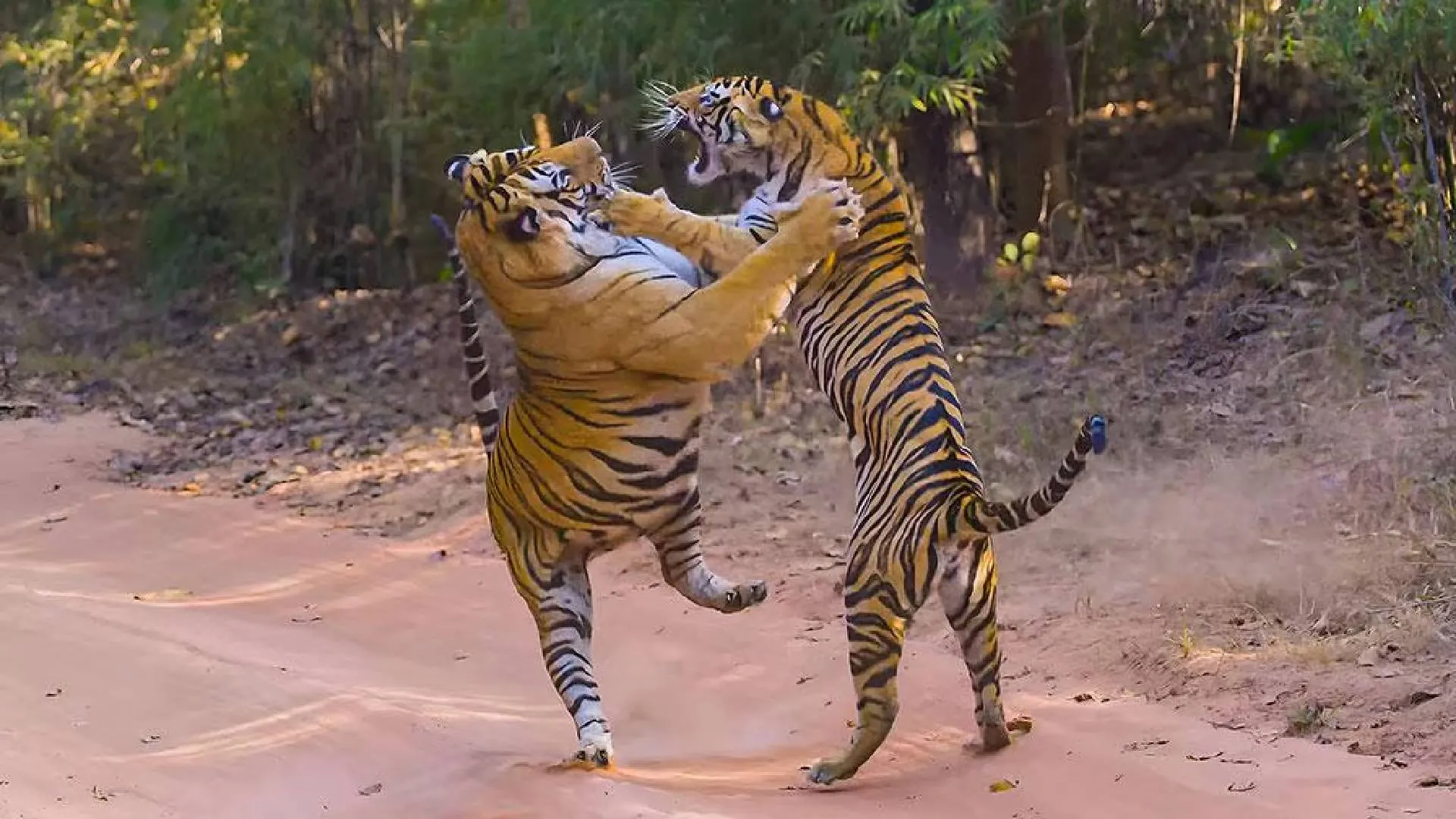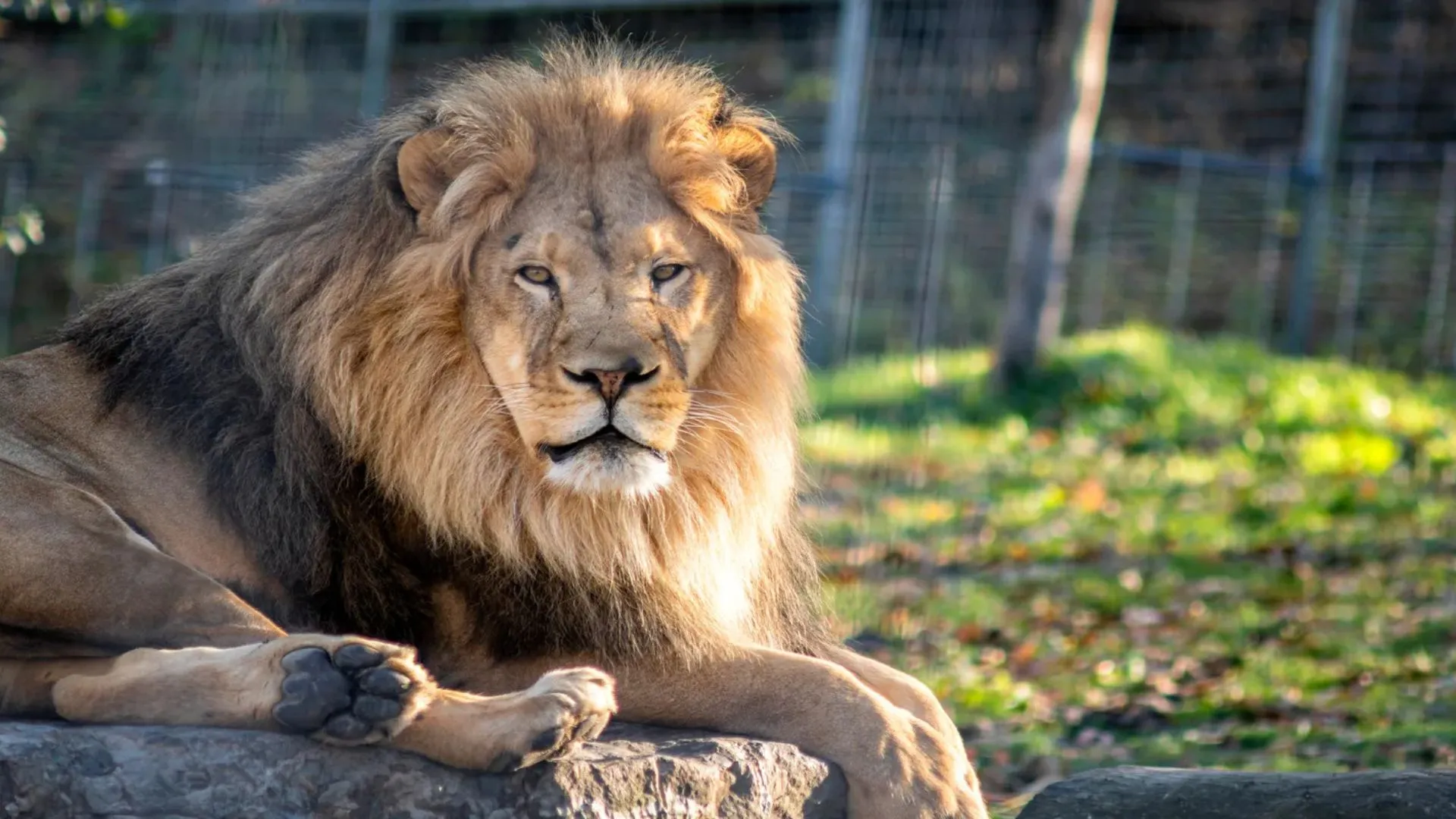Dussehra, also known as Vijayadashami, is a major Hindu festival celebrated in India and other parts of South Asia. It marks the triumph of good over evil and is associated with various mythological stories and cultural practices. While Dussehra is widely observed and understood, there are some bizarre and lesser-known facts about this festival that make it even more fascinating.
Effigy Burning Ritual
One of the most iconic and visually striking aspects of Dussehra is the ritualistic burning of effigies of the demon king Ravana. In some parts of India, particularly in the northern states, these effigies can be enormous, reaching heights of up to 100 feet or more. It’s a spectacle to behold as they are set on fire, symbolizing the destruction of evil. What’s bizarre about this tradition is the sheer size and complexity of these effigies, which can take months to construct and require a substantial amount of resources.
Ram Leela Performances
Many regions in India host live theatrical performances of the Ramayana, an epic that narrates the life of Lord Rama. These performances, known as “Ram Leela,” often involve amateur actors and enthusiastic volunteers. What’s bizarre is the dedication and fervor with which these plays are enacted. In some cases, actors playing characters like Ravana take their roles so seriously that they perform extreme acts, like setting themselves on fire, to replicate the dramatic death of the demon king.
Human Sacrifice Rumors
In some remote areas of India, especially in tribal communities, there have been reports of bizarre and disturbing rituals associated with Dussehra. While these practices are not representative of the mainstream celebration, they involve rumors of human sacrifices to appease deities. These reports have often been dismissed as myths or isolated incidents, but they underscore the diversity and complexity of Dussehra’s observance in different cultural contexts.
Horse Worship
In some parts of India, particularly in the state of Maharashtra, there is a unique tradition of horse worship during Dussehra. People offer prayers and perform rituals in honor of horses. This practice has its roots in local folklore and is often seen as a form of veneration for the horse as a symbol of power and grace. It’s bizarre in the sense that it’s an unusual and highly specific custom associated with Dussehra.
Royal Sword Worship
In the city of Mysore, in the southern state of Karnataka, DUSSEHRA is celebrated with grandeur and pageantry. The Maharaja of Mysore leads a grand procession in which he worships a royal sword. This sword, known as the “Bhadrakali,” is adorned with precious gems and is considered a symbol of the city’s heritage and power. What’s bizarre is the elaborate nature of this ritual and the fact that a royal sword is at the center of the celebration.

